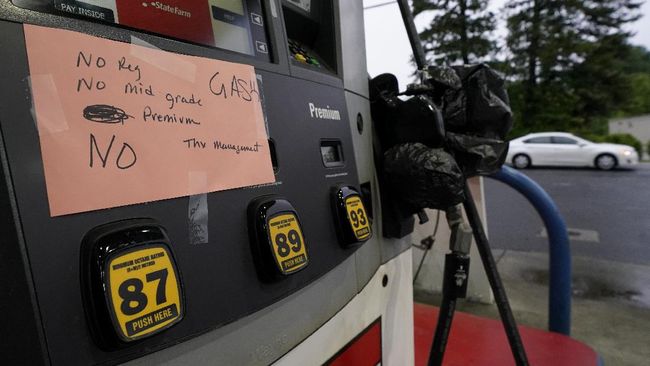New York in the mid-1980s. A city is bleeding to death. The Bronx is on fire. The murder rate is murderously high. There are over 30 murders for every 100,000 inhabitants. Where today tourists take photos at three at night, in New York’s Times Square, not even New Yorkers dared to go there after dark. The subway in New York. A single “no-go area” in the mid-1980s:
“People who used the subway openly said they bought guns to defend themselves on the subway. Nobody felt safe there.”
Professor Eric L. Piza, a criminologist at John Jay College, has more examples from New York back then, where it was not the state but the mob that reacted.
Bryant Park. Today a tourist attraction behind the New York Public Library. Where they now play chess in summer and go ice-skating in winter, things were different back in the 80s, says the professor:
“The usual picture in the morning was the police pathologist dragging a body bag out of the park. No ice rink, no Christmas markets. That looked different.”
Until he came, Bill Bratton. He became the city’s chief of police in 1994, and this Bill Bratton met New Yorkers who, he said, were “fed up”.
“New Yorkers wanted their streets, their neighborhoods back”
“The New Yorkers,” says Bratton, “wanted their streets, their neighborhoods back.” And Bratton and the then mayor Rudy Giuliani took up the fight. “Community Policing” was the keyword: District police officers on patrol on foot. Fight the big criminals, but no longer overlook the small offenses:
“So that people who believed we could drink alcohol in public with impunity, we can ride the subway for free, pee in corners, so that these people learn: Now we have an opponent and the opponent is the police.”
The broken windows policy was born. Literal motto: Once a window has been thrown in, the whole district will soon be in ruins. Resist the beginnings. The crime rate has imploded impressively over the years, according to criminologist Eric Piza:
“The number of serious crimes fell by over 70 percent in New York from the 1980s to the late 1990s. In the early 2000s, some people wondered how low can the crime rate actually fall?”
Poverty, racism, high unemployment – everything is still there
A success factor. For decades in New York they had paid more attention to the clearance rate, how quickly emergency calls were answered, the bureaucracy worked, the police officers were on site. Less about the possibility of preventing crimes from happening in the first place. A magic word:
increase visible and addressable police presence; the cop who knows his neighborhood and a neighborhood that trusts his cop, says New York University sociology professor Gerald Landsberg. The fact that New York dramatically increased the number of police officers at the time, at times employing 38,000 police officers, is also part of the truth, says criminologist Eric Piza:
“It is the largest police unit in the United States, three times the size of the entire FBI, the federal police.”
“Broken Windows”. Giuliani later called it “Zero Tolerance”. It was the spicier version of an early formula for success. Incidentally, today – 22 years later – Bill Bratton is again the chief of police in New York City. The Bronx doesn’t burn anymore. Times Square and Bryant Park are safe. Poverty, a lack of education, racism, high unemployment in the poorer classes – everything is still there. But police chief Bratton had his very own theory years ago:
“I think we were wrong for 25 years, we thought social problems created crime. In New York it was the other way around. Crime created social problems.”
These ideas are basically transferable
Fighting crime in New York – a success story in and for New York. “As far as possible,” says the criminologist:
“We still have poverty and inequality, but we now have police strategies against crime, even without being able to cure these social diseases.”
But the success story can be transferred to any other city. “Yes, but,” answers criminology professor Eric Piza:
“New York has a few unique selling propositions. Size. Population diversity. Police strength. To say we just do what New York City did and everything is good would be too easy. But the ideas of punishing small offenses lead to bigger crimes to prevent, these ideas are basically transferable. “
–


